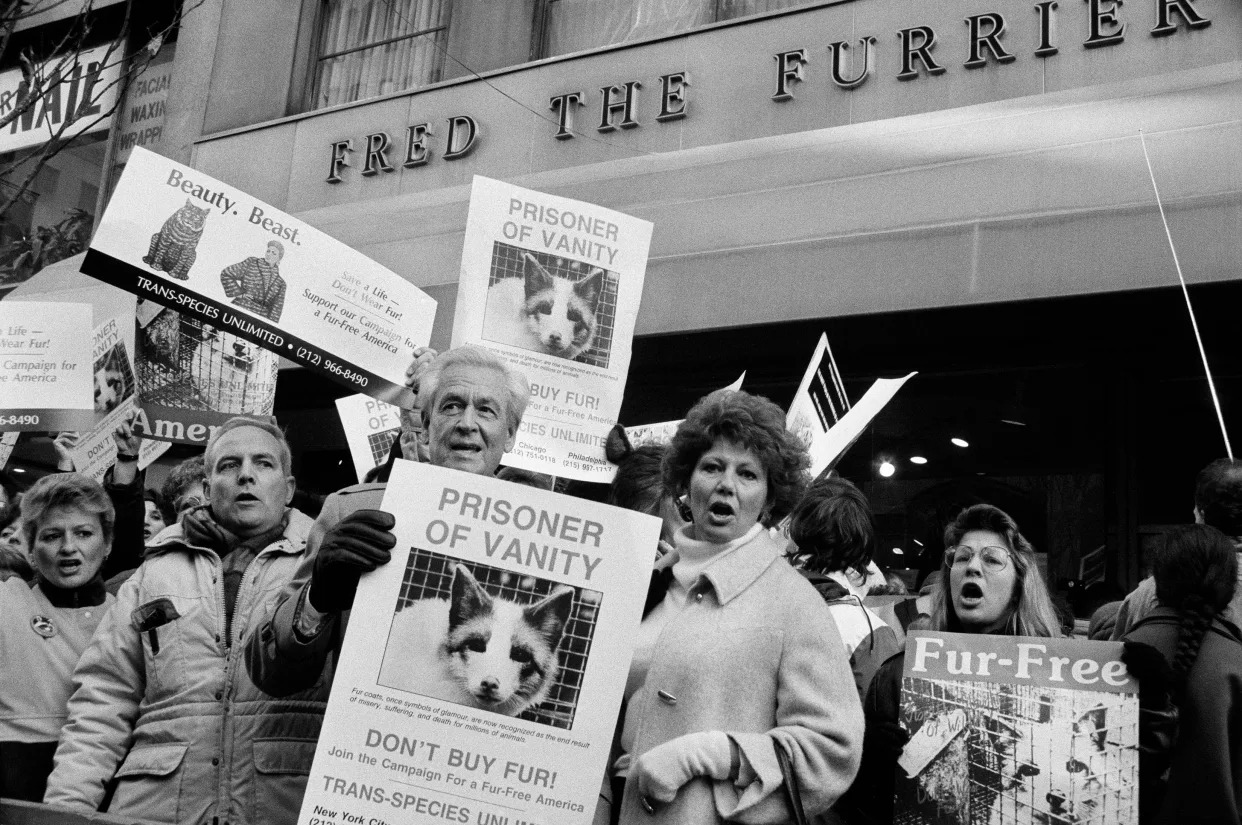The New York Times
Through Philanthropy and Activism, Bob Barker Fought Animal Cruelty
Chris Cameron – August 27, 2023

Bob Barker, the longtime host of television game show “The Price Is Right” who died Saturday, made animal welfare advocacy a hallmark both of his career in show business and his life after retirement.
Over decades as the host of the longest-running game show in American television history, Barker, beginning in the 1980s, used his bully pulpit to remind millions of viewers to “help control the pet population; have your pet spayed or neutered.”
In one instance in 1996, he powered through his announcement even as an excited contestant clung at his arm, unable to contain her joy at having just won $51,676, or $99,602 when adjusted for inflation.
He continued that tradition for more than 20 years, until his very last show on June 15, 2007.
“There are just too many cats and dogs being born,” he explained in an interview with The New York Times in 2004. “Animals are being euthanized by the millions simply because there are not enough homes for them. In the United States, there is a dog or cat euthanized every 6.5 seconds.”
Barker supported a wide range of efforts to fight what activists saw as rampant animal cruelty in American society.
As one of the most prominent allies of the movement in Hollywood, he became a strict vegetarian, stopped dyeing his hair because the products were tested on animals and quit his job as host of the Miss USA and Miss Universe pageants because their organizers refused to remove fur coats from the prize packages.
“I am so proud of the trailblazing work Barker and I did together to expose the cruelty to animals in the entertainment industry,” Nancy Burnet, a fellow animal welfare activist who had been overseeing his care, said in a statement Saturday.
Barker put $25 million into founding the DJ&T Foundation, which finances clinics that specialize in spaying and neutering. The foundation was named after Barker’s wife, Dorothy Jo, and his mother, Matilda Valandra, who was known as Tilly.
Estimates show that the number of dogs and cats euthanized in shelters has been reduced to a fraction of what it was in the 1990s, at least partially attributable to “the drive to sterilize pet dogs and cats,” according to a 2018 study.
Barker also donated $5 million to the Sea Shepherd Conservation Society at the urging of its founder Paul Watson, who used the money to buy a ship named for Barker for use in the organization’s anti-whaling campaigns.
“He said he thought he could put the Japanese whaling fleet out of business if he had $5 million,” Barker said of Watson in an interview with The Associated Press. “I said, ‘I think you do have the skills to do that, and I have $5 million, so let’s get it on.’”
Ingrid Newkirk, the president of animal rights group PETA, said in a statement Saturday that Barker had a “profound commitment to making the world a kinder place.”
Newkirk added, “To us — and to so many animals around the world — Bob will always be a national animal rights treasure.”
Barker’s efforts were born from a lifelong affinity for animals.
“I always had a pack of dogs with me,” he said in 2004, recalling his upbringing in the small town of Mission on the Rosebud Sioux Indian Reservation in South Dakota. “There were a lot of dogs in Mission. Not many people, but a lot of dogs.”
His dedication to opposing animal cruelty continued well into his retirement, as Barker continued to donate to organizations such as PETA, which named its West Coast headquarters in Los Angeles for Barker after he made a $2.5 million donation in 2012 for renovations.
